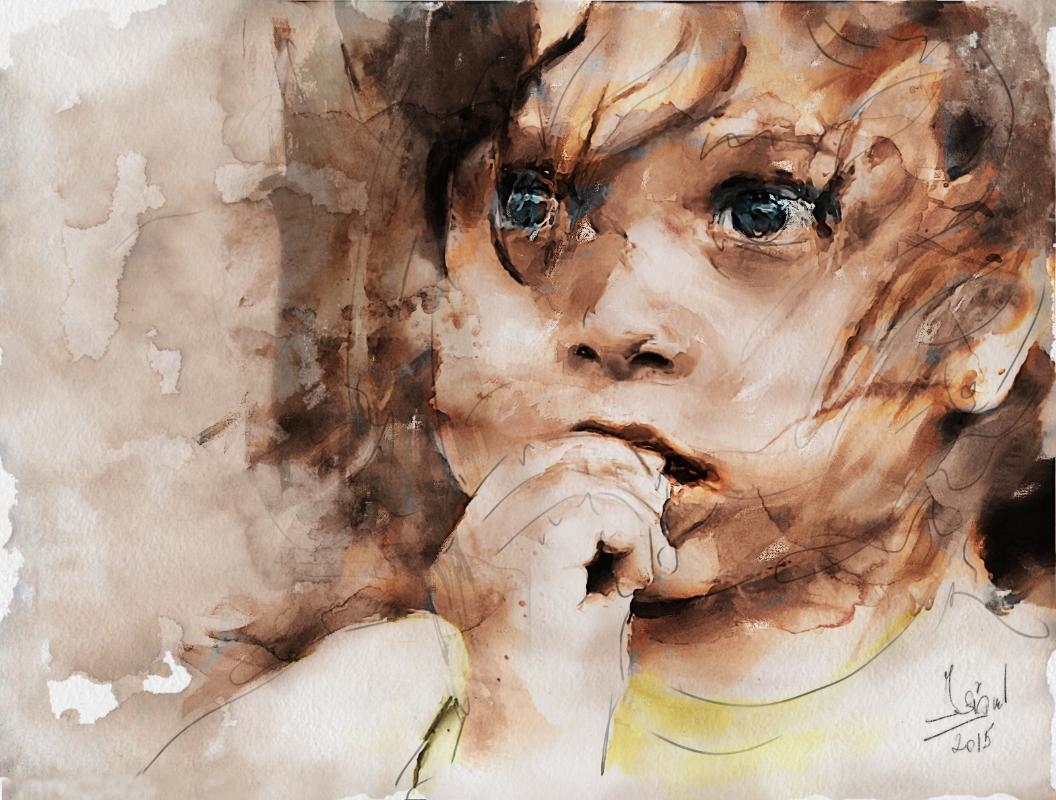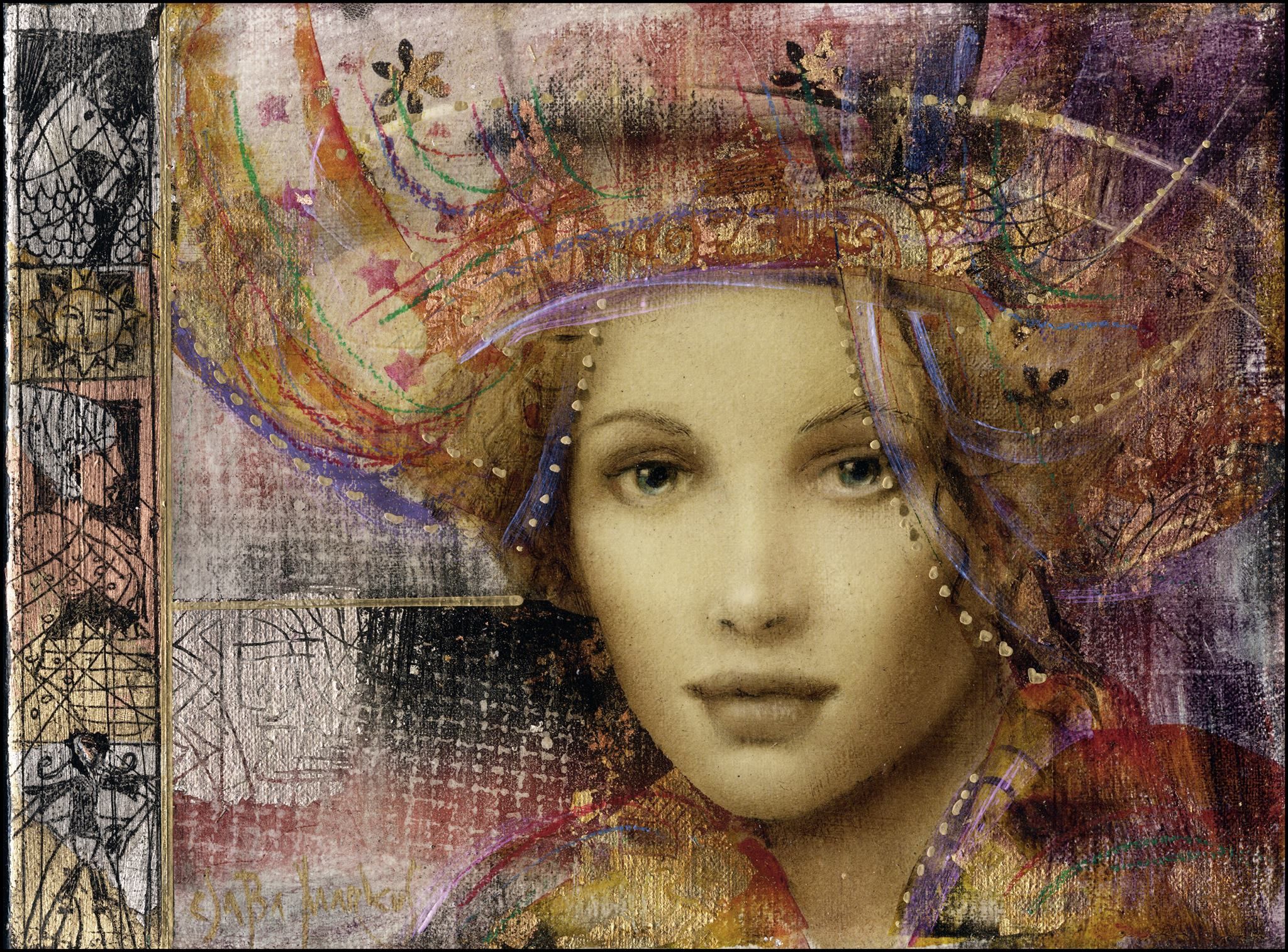Csaba Markus is a
Hungarian-American artist, painter, sculptor and publisher. As an artist, he primarily works in the field of printmaking, with a particular focus on etching and serigraphy.
His work also includes oil painting, drawing, glass art, photography and sculpture. Markus's painting titled "Pure Love" has been selected as one of the World's 10 most sensual paintings by Toronto Sun newspaper.
Life and work
Markus was born in Budapest, Hungary.
His mother is Szőllős Erzsébet and father Károly Márkus. His childhood in Hungary, where he frequented museums, is an influence on his work.
He is also influenced by avant-garde art and abstraction.
Markus began his career as a sculptor. At the age of fourteen, he and his work were featured on international public television. He became increasingly frustrated with teachers and the confines of communism, realizing his Renaissance-inspired emphasis on the individual conflicted with Hungarian communist beliefs.








